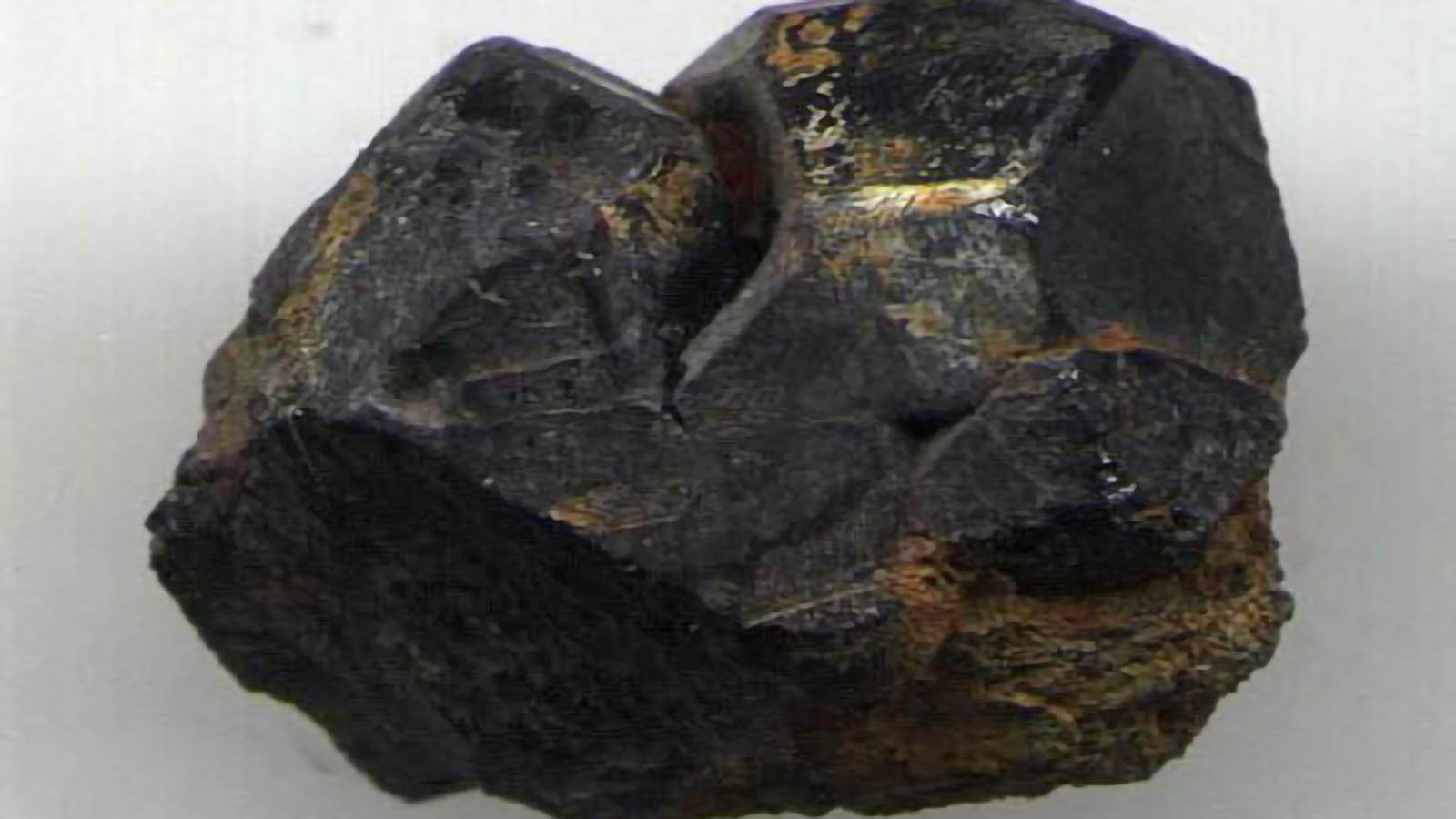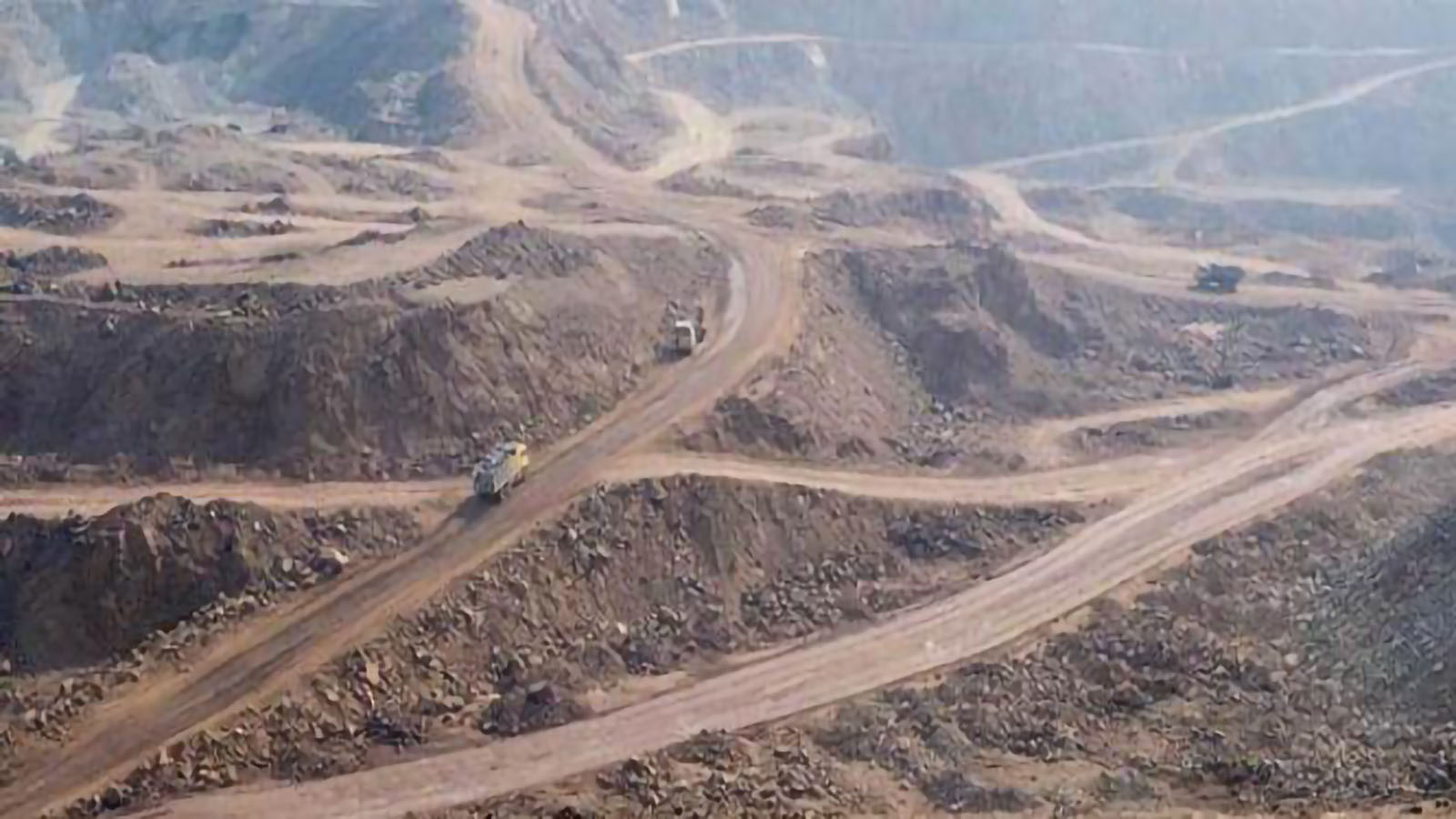
Tantalum and niobium minerals, essential materials for high-tech and clean energy industries, require sophisticated processing techniques to transform low-grade ores into valuable concentrates. This article examines the complete beneficiation workflow for these strategic minerals.
Raw Ore Preparation Technologies
The beneficiation process begins with thorough preparation of raw ore materials. Initial processing involves washing and preliminary impurity removal, crucial steps that significantly impact downstream efficiency.
Modern ore washing equipment, including cylindrical and spiral washing machines, effectively removes clay particles and surface contaminants while preserving mineral integrity. This step prevents clay materials from clogging subsequent crushing and screening equipment.
Precise control of water pressure and washing duration ensures optimal cleaning without excessive mineral loss. Advanced systems incorporate sensors that adjust operating parameters based on ore characteristics, enabling consistent quality regardless of feed variations.
Comminution and Size Reduction
The crushing and grinding phase represents a critical, energy-intensive stage in tantalum-niobium ore processing. A typical crushing circuit employs a three-stage approach: jaw crushers for primary reduction, cone crushers for intermediate sizing, and impact or high-pressure grinding rolls for final comminution.
The ground material then enters ball or rod mills, which reduce particle size to the optimal 10-300μm range required for effective separation. This stage typically accounts for approximately half of the total energy consumption in the beneficiation process.
Energy efficiency in this stage has seen remarkable improvements through innovations in liner designs and intelligent control systems that monitor and adjust mill parameters in real-time. Recent advances in grinding media composition have also contributed to enhanced efficiency and reduced metal contamination during size reduction.
Integrated Physical Separation Processes
Tantalum-niobium beneficiation typically employs multiple physical separation methods working in concert. Gravity concentration leverages the significant density differences between valuable minerals and gangue, utilizing equipment such as shaking tables, spiral concentrators, and jigs.
Magnetic separation exploits the varying magnetic properties of minerals, with low-intensity magnetic separators handling strongly magnetic particles and high-intensity equipment processing weakly magnetic fractions. This technique is commonly used to further improve concentrate grade by removing magnetic impurities.
Flotation separation takes advantage of surface property differences, employing specific reagents that selectively attach to target minerals, causing them to float with air bubbles—particularly effective for fine-grained materials. This method plays a crucial role in recovering fine tantalum-niobium particles.
Electrostatic separation is primarily used for minerals with contrasting electrical conductivity, such as tantalite and columbite. Contemporary processing facilities integrate these techniques into flexible circuits that can be reconfigured based on ore characteristics to maximize recovery and grade.
Concentrate Refinement and Quality Assurance
The final stages of tantalum-niobium beneficiation focus on upgrading concentrates to market specifications. This phase generally combines multiple techniques including multi-stage gravity separation, chemical leaching, and specialized purification steps.
Advanced concentrating technologies such as centrifugal concentrators and multi-gravity separators achieve impressive selectivity for fine-grained valuable minerals. These techniques effectively remove residual impurity minerals and enhance final product quality.
Throughout the production chain, comprehensive quality control systems employing online analyzers and real-time monitoring ensure consistent product specifications. By precisely controlling process parameters at each stage, processors can produce custom-tailored concentrates meeting diverse customer requirements for chemical composition and physical properties.
Environmental Protection and Resource Utilization
Modern tantalum-niobium beneficiation places strong emphasis on environmental stewardship and comprehensive resource utilization. Water conservation measures include closed-loop circulation systems and advanced treatment technologies that enable water reuse rates exceeding 90%.
Tailings management has evolved from traditional impoundments to dry stacking techniques, reducing land footprint and environmental risks. These approaches not only minimize environmental impact but also reduce water consumption.
In terms of resource efficiency, contemporary operations recover associated valuable elements including tin, tungsten, and rare earth elements from process streams that would otherwise become waste. Additionally, tailings materials often find second life as construction inputs for cement additives, bricks, and other building materials, exemplifying the circular economy approach increasingly adopted by mineral processors.
Digitalization and Future Directions
The future of tantalum-niobium processing is increasingly digital and automated. Advanced process control systems utilizing machine learning algorithms continuously optimize operational parameters to balance recovery, grade, and energy consumption.
Digital twin technology enables precise simulation and optimization of processing circuits before physical implementation. This innovation allows engineers to comprehensively test and adjust processes virtually before actual production.
As sensor technologies deployed throughout the beneficiation chain provide unprecedented visibility into process dynamics, allowing for proactive rather than reactive management. As sustainability requirements intensify, the industry continues to develop lower-impact technologies that minimize chemical usage, reduce energy consumption, and maximize resource efficiency. These advances promise to make tantalum-niobium production more economically viable while reducing its environmental footprint.
Related News

Breakthrough in Fluorite Beneficiation: Advanced Separation Processes for Complex Mineral Assemblages

Global Manganese Deposit Classification: Genesis, Distribution and Economic Significance
